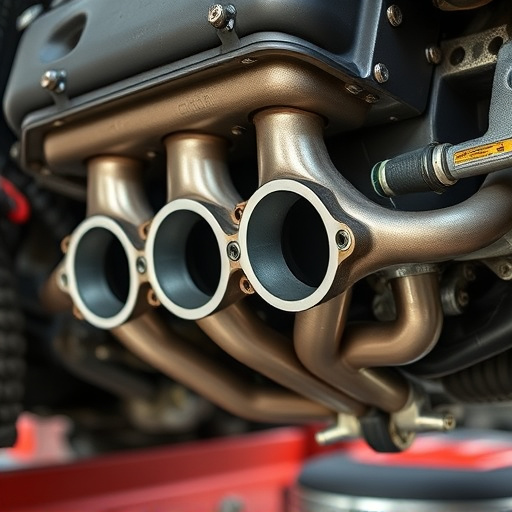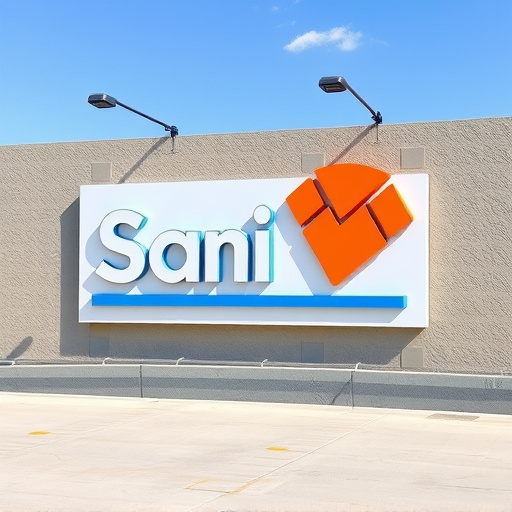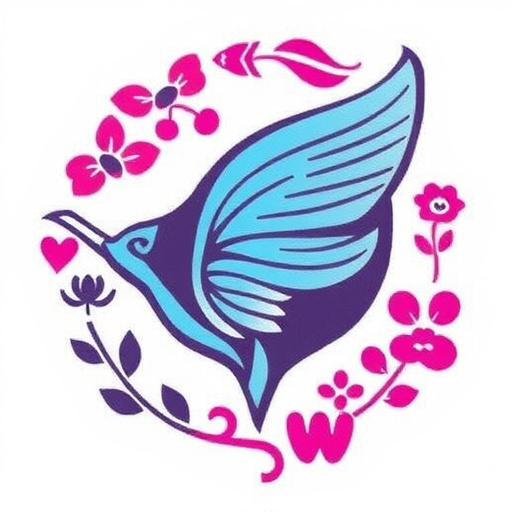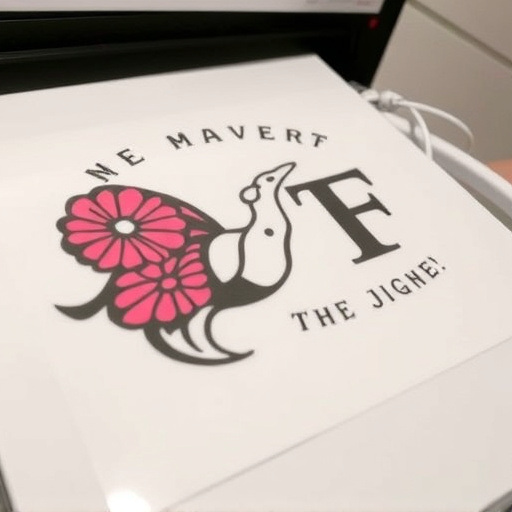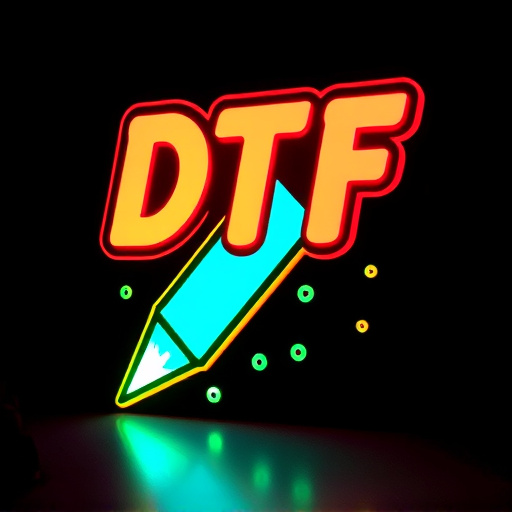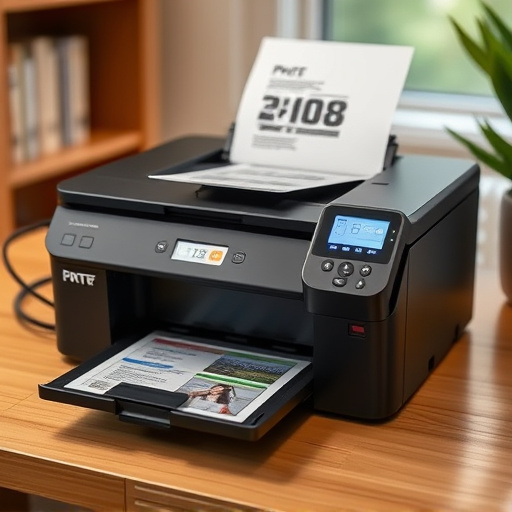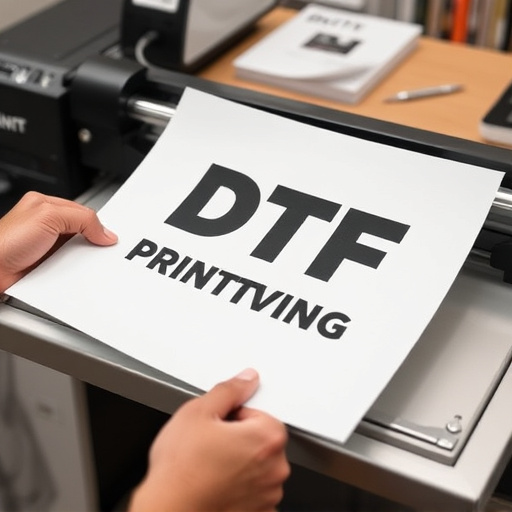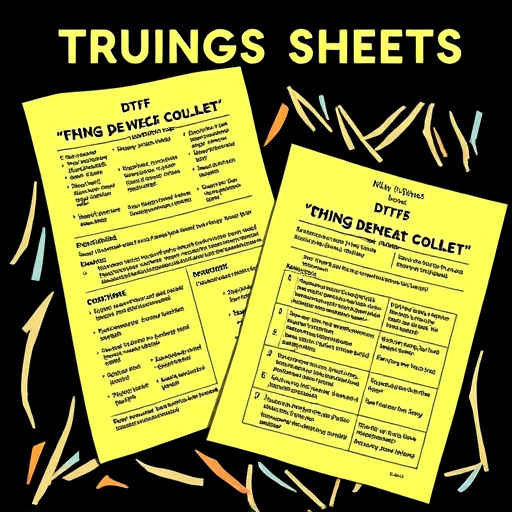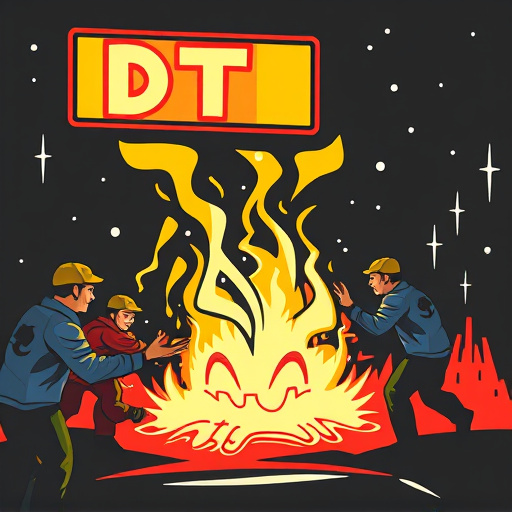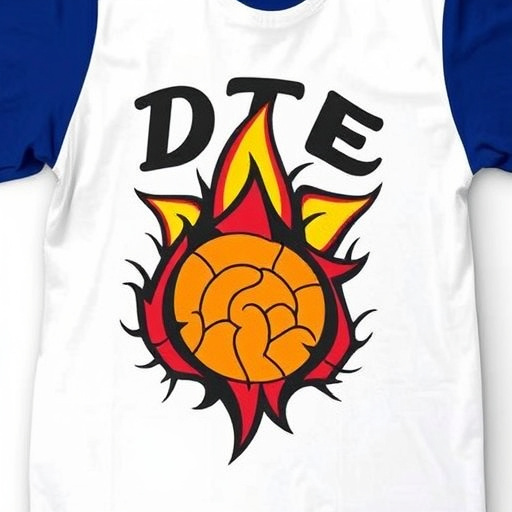The DTF Transfer Film, initially used for garments, is now a versatile tool for artists and designers, allowing them to print intricate designs on wood, metal, ceramics, and glass. This technology offers numerous benefits like high-quality prints, quick turnaround times, and cost savings, but also presents challenges such as learning new equipment and software. Despite these hurdles, DTF has successfully revolutionized decorative arts, marketing, branding, and product customization across various industries, from furniture manufacturing to food packaging.
“Discovering the versatility of DTF (Direct-to-Film) transfer film beyond its traditional garment industry application is a game-changer. This innovative technology has been transforming various sectors, offering unique advantages in product customization and design. From vibrant art installations to personalized electronics, this article explores the non-textile applications of DTF transfer films. We’ll delve into successful case studies, highlighting the benefits and challenges of adopting this tech in diverse industries.”
- Exploring Non-Textile Applications of DTF Transfer Film
- Advantages and Challenges in Adopting DTF for Diverse Sectors
- Case Studies: Successful DTF Transfer Film Implementations Outside Garment Production
Exploring Non-Textile Applications of DTF Transfer Film

The versatility of DTF Transfer Film extends far beyond its traditional use in the garment industry. As technology evolves, so does the range of applications for this innovative material. From crafting custom DTF transfers for various surfaces to enhancing decorative projects, the possibilities are vast. Artists and designers can utilize DTF films to create intricate designs on wood, metal, ceramics, and even glass, opening up a world of creative opportunities.
DTF file preparation plays a crucial role in unlocking these non-textile applications. By adapting design software and formats, users can prepare DTF files specifically tailored for different materials. This allows for precise printing and transfer, ensuring the vibrancy and detail of the original design are maintained. Whether it’s transforming plain ceramic tiles into artistic masterpieces or adding personalized touches to metal signage, DTF Transfer Film is revolutionizing the way we think about decorative arts and custom printed shirts.
Advantages and Challenges in Adopting DTF for Diverse Sectors
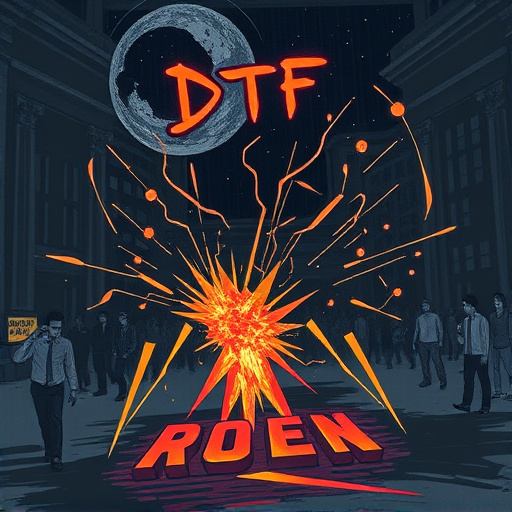
Adopting DTF Transfer Film (DTF) technology beyond the garment industry presents a myriad of advantages. Its ability to achieve high-quality, vibrant prints on various materials offers immense potential for diverse sectors. From marketing and branding to product customization, DTF allows for quick turnaround times, minimizing production delays. Moreover, it facilitates cost-effective solutions, making it an attractive option for small businesses and startups looking to make a big impact with their branding efforts.
However, the transition to DTF is not without challenges. Sectors accustomed to traditional printing methods may face learning curves in adopting new equipment and software. Ensuring consistent dtf print quality and precise dtf color matching across different substrates can also be complex. Additionally, while DTF offers versatility, it may not be suitable for every application, requiring careful consideration of material compatibility and print requirements.
Case Studies: Successful DTF Transfer Film Implementations Outside Garment Production
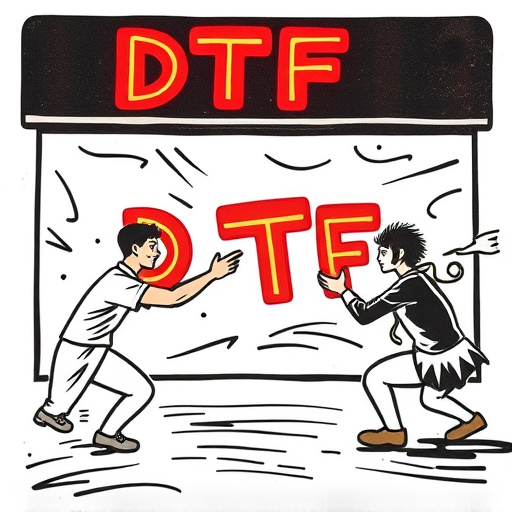
The versatility of DTF Transfer Film has been showcased beyond the confines of the garment industry. Numerous case studies highlight successful implementations in diverse sectors, expanding its utility and impact. For instance, furniture manufacturers have embraced DTF technology to print intricate designs on various surfaces, enhancing aesthetics and functionality. These applications demand precision and adherence to specific dtf design requirements, ensuring the vibrancy and durability of colors.
Moreover, the food industry has found innovative uses for DTF printing services. Packaging designers utilize this method to create eye-catching, personalized labels and wrappers, revolutionizing product presentation. In these non-traditional settings, DTF garment printing techniques are adapted to suit unique material properties, demonstrating the technology’s adaptability and opening doors to new creative possibilities.
The versatility of DTF Transfer Film extends far beyond the garment industry, as demonstrated by its successful applications in diverse sectors. By exploring non-textile uses and overcoming implementation challenges, businesses can unlock innovative ways to enhance product design and customization. The case studies presented showcase the transformative power of DTF, offering a glimpse into a future where this technology revolutionizes various industries, from electronics to healthcare, by enabling personalized, high-quality, and cost-effective printing solutions.
